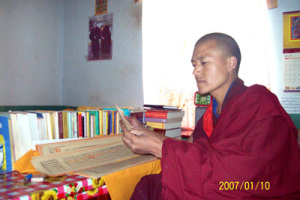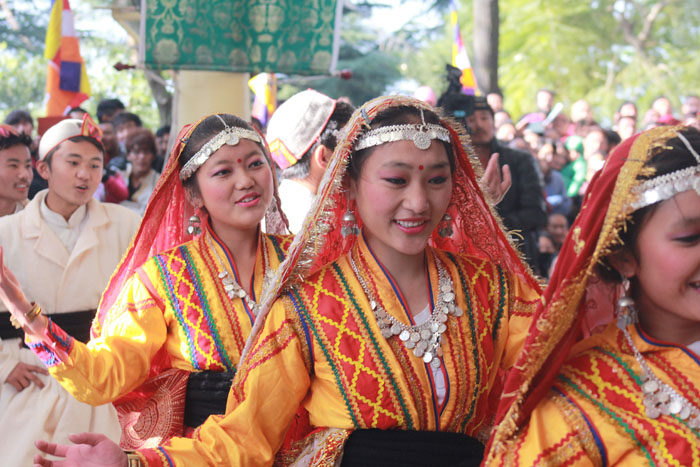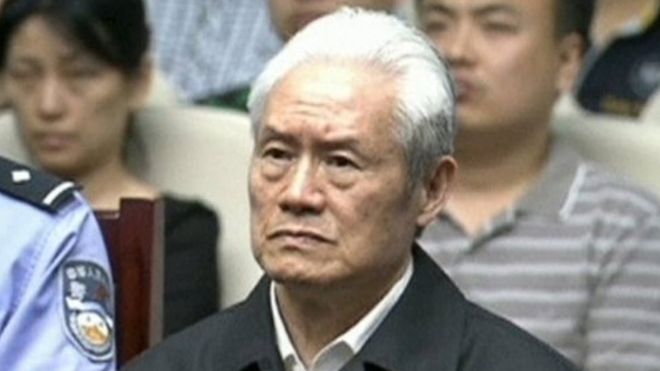Brand Tibet China’s and Tibetan Exiles’ Contrasting Narratives on Tibet
Thupten Samphel, The Huffington Post|December 8, 2014
No struggle in the world is as unequal as the one between Tibet and China. Beijing’s position in Tibet is unassailable, reinforced by a network of all-weather roads, airports and an expanding railway line that are integrating the world’s highest, largest and remotest plateau more closely to the mainland.
Abroad China uses its economic weight to its advantage. It punishes countries whose leaders meet the Dalai Lama by withdrawing commercial deals or sometimes cutting off trade ties. Caught between the importance of improving commercial relations with China and protecting human rights, China’s trading partners invariably succumb to Chinese pressure by not meeting the Tibetan leader. Scholars consider this as the Dalai Lama effect on international trade.
Viewed from this perspective, commentators believe the Tibetan people’s struggle for greater freedom in Tibet as punching above their weight. Chinese officials put it more succinctly. They call the Tibetan exiles’ international efforts as “a fly flapping its wings against the king of mountains.”Given the skyrocketing asymmetry between Tibetans and China in terms of power, political military and economic, it comes as no surprise that these observers view Tibet as a lost cause.
But in one area Tibetans have scored a significant victory over China. In the war of words between Dharamsala and Beijing that has simmered and flared for more than six decades Tibetans have won the argument, if not the war, of what is the issue of Tibet. The argument is about both the nature of the old Tibetan society and the Chinese rule in Tibet. Official China’s argument is that old Tibet was a feudal serfdom, a minority of serf-owners oppressing the majority serfs. China’s invasion of Tibet was a ‘liberation’, bringing freedom, happiness and development to the backward Tibetans steeped in feudal superstition. China says its economic miracle has enabled the authorities to build Tibet’s infrastructure, improve its economy and promote tourism in the region, making Tibet enjoy the highest GDP growth in the country and the Tibetans masters of their own affairs.
The Tibetan argument is that Tibet was an independent nation before the Chinese invasion of the country in 1950. Tibetans view Chinese rule in Tibet as an occupation and its policies directed towards economic marginalization, cultural assimilation, social exclusion and ethnic swamping of the country by the majority Han population. Tibetans decry China’s destruction of Tibet’s Buddhist civilization that flourished on the plateau for more than a thousand years and that served as a cultural and spiritual wellspring of millions of non-Tibetans who embraced Tibet’s Buddhist culture.
How a handful of Tibetan refugees won their argument in the court of international public opinion is a story of tenacity and an inexhaustible supply of optimism. The beginning of this story was less than hopeful and mired in mistaken identity. Though the Dalai Lama’s dramatic escape across the Himalayas in 1959 was termed as the story of the year, the international media which rushed to Tezpur in north-eastern India to cover the story did not know who the 14th Dalai Lama was. A Reuters’ photographer snapped a picture of a gorgeously attired lama and sent it to London as the first photo of the Dalai Lama since his safe arrival on Indian soil. The Reuters’ head office in London shot back, “Your Dalai Lama has a beard. The real one doesn’t!,” or words to this effect.
If the 14th Dalai Lama’s escape from the People’s Liberation Army threw the international media into confusion over his identity, the 13th Dalai Lama’s escape nearly 50 year earlier to India from the Manchu forces hot on his heels met with total ignorance from the English officers who were serving the British Raj in the realm of the Dalai Lama. The 13th Dalai Lama escaped Lhasa in 1910 from the clutches of Zhou Er-Feng, the conquering Manchu general. When the fleeing 13th Dalai Lama and his harried party knocked at the door of the British Trade Agent in Dromo in southern Tibet, across the border from Sikkim, the British officer who opened the door demanded, “Now which of you chaps is the Dalai Lama?”
No struggle could say it set off on an auspicious start when the leader of that struggle who was the pontiff of the Buddhist world was barely recognized by the international media. This lack of recognition was confounded by the challenge of surviving in the modern world where for the Tibetan refugees everything was strange and new, except the sky and earth.
Given China’s enormous media reach and now with consequential economic clout, how a group of non-entities from remote and inconsequential land, albeit exotic, managed to grab the attention of the world and hold it for so long is the story of Tibet in exile. In telling its story to the world, Tibet in exile weaved all the elements of its Buddhist civilization into a compelling narrative that has spawned a global industry in Tibetan Buddhism, culture and history. Brand Tibet is a global brand, comparable in its appeal if not in its influence with China’s economic juggernaut rolling across the planet. Contrary to the forces that have sparked China’s economic miracle based on interests and profit, Brand Tibet’s appeal is the message of ancient Tibet based on the values of non-violence and compassion and, in a world increasingly facing dwindling resources, the message of living within one’s means.
Thubten Samphel is the Director of Tibet Policy Institute, a think tank of the Central Tibetan Administration



